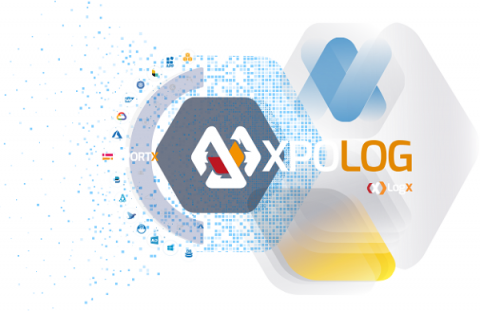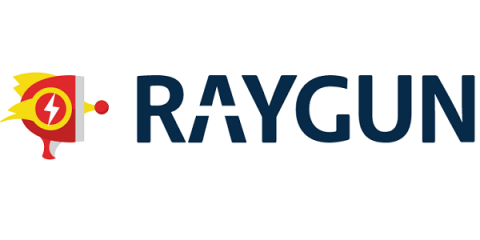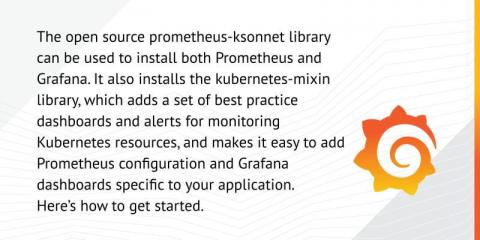Elastic Stack 7.6.0 released
We are excited to announce the general availability of version 7.6 of the Elastic Stack. This release streamlines automated threat detection with the launch of a new SIEM detection engine and a curated set of detection rules aligned to the MITRE ATT&CK™ knowledge base, brings performance improvements to Elasticsearch, makes supervised machine learning more turnkey with inference-on-ingest features, and deepens cloud observability and security with the launch of new data integrations.











